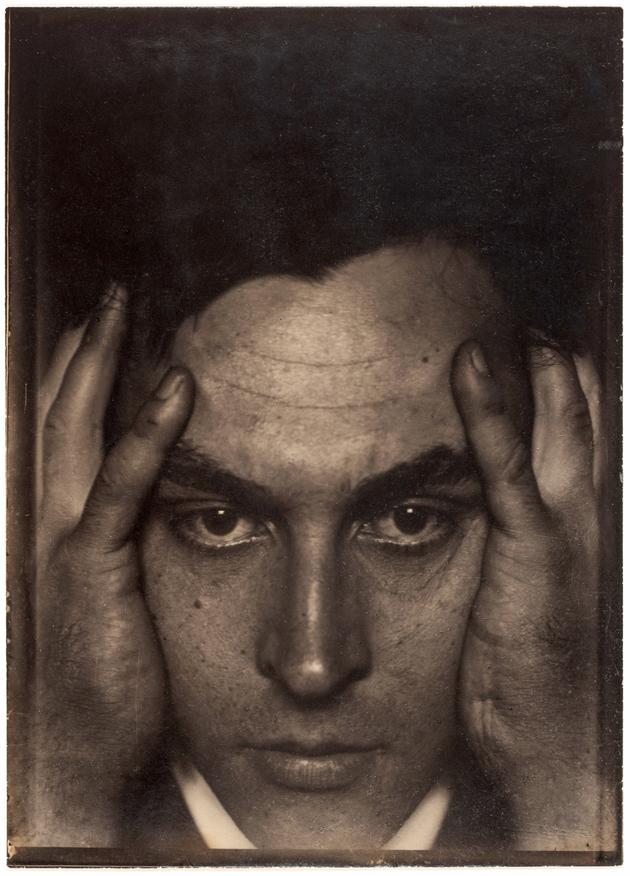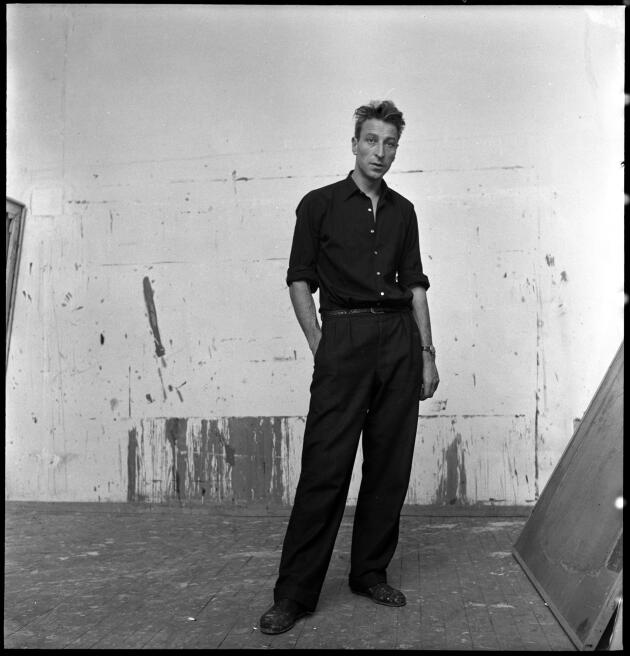

Culture, fashion, gastronomy: Le Monde's top end-of-summer picks
SelectionFrom girl rappers to seafood handbags, from Russian exile painters to olive oil centerpieces: Le Monde presents the cream of the September crop.
The end of summer means it's time to distract yourself from the shorter days with a dazzling new creative season in France. Overcome the back-to-the-office blues with metallic make-up, opulent tote bags and exquisite menswear. Delight your palate at a legendary French chef's first Paris restaurant. Prolong the summer sunshine with elegant Sicilian wines and vibrant olive oils. Immerse yourself in exciting new French cinema and Nicolas de Staël's brilliant landscapes. And dance like nobody's watching to the latest girl rappers.
Culture
A photographic face-to-face at Centre Pompidou

Marin Karmitz, born in 1938, is not only one of the most important figures in the world of European cinema, through the company MK2, he is also a major collector of contemporary art and his role in the careers of artists such as Christian Boltanski is undeniable. The Corps à Corps exhibition, which opens at Centre Pompidou on September 6, is a dialogue between two photographic collections, Marin Karmitz's and the Paris museum's own. In all, 500 works by 120 historic and contemporary photographers will be on display. It's up to the visitor to weave links between creations, between movements and between the personal vision of one man, and the more scientific but equally emotional vision of a museum. C. Gh.
The voracious light of Nicolas de Staël at the MAM

Nicolas de Staël's mission in painting was to "return man to himself," as summed up by his faithful friend, the poet René Char. Paris's Museum of Modern Art unveils the infinite richness of the work of the Russian exile, a legend on the post-war Parisian scene, through a vast retrospective of some 200 paintings, drawings, prints and notebooks. From Paris to Antibes, it retraces in all its intensity his 15-year trajectory, shattered by his suicide at the age of 41 in 1955. "Life is so sad without paintings that I go for it as long as I can," wrote the artist who defied categorization, who refused to enter the debates between abstraction and figuration that divided the art world of the time.
Returning to his first figurative steps, then to the floating forms of his canvases from the war years, the exhibition reveals his "inevitable need to break everything when the machine seems to be running too smoothly." Established as the central figure of the Second Paris School, de Staël nevertheless refused to belong to any movement, exploring techniques and formats, tirelessly changing tools and subjects, from soccer to still life. Less well known, he was also a virtuoso draughtsman, as revealed by a rich selection of works on paper. The highlight of the exhibition is his uncluttered landscapes of the 1950s, evoked through a number of canvases never before shown in a French museum.
You have 90.44% of this article left to read. The rest is for subscribers only.
